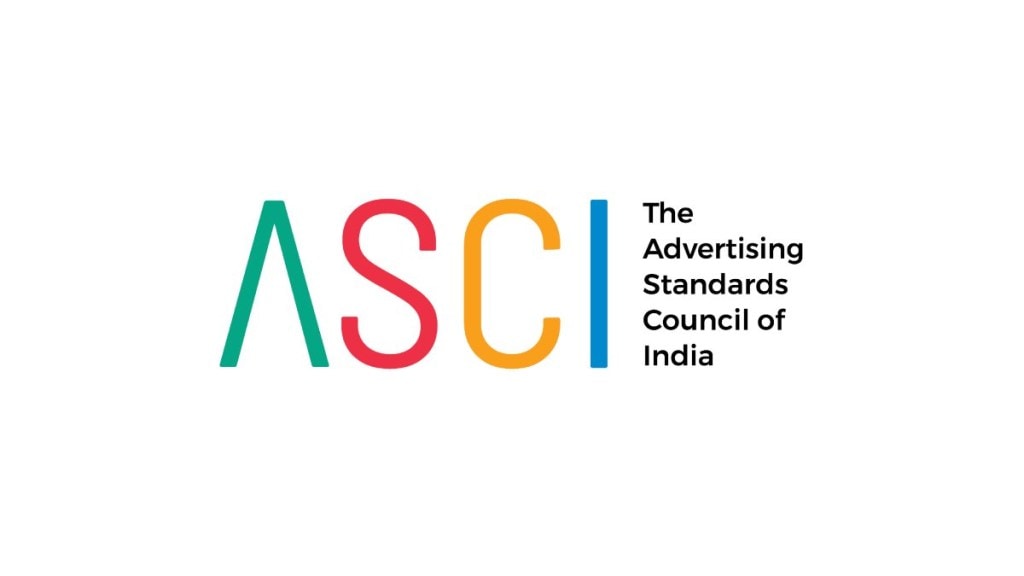In recent years, the education sector including ed-tech players have gathered much attention, not only due to its growth, but also for violation of advertising regulation. Classical education grabbed the second place among the most violative categories with 13.8% in the Annual Complaints Report 2022–23, as per Advertising Standards Council of India, latest report. 31 of 100 ads analysed made superlative claims of having the best, largest or most resources, including, best teachers, largest faculty, top educators, best study material, best tuitions, X million students, among others. “The rules are fair and aimed at safeguarding the mental health of the students. The implementation of these rules aligns perfectly with our mission as a company, where we strive to make the testing process significantly less stressful for students,” Tara Kapur, India marketing head, Duolingo English Test, told BrandWagon Online.
The current ASCI education guidelines demand that educational organisations back up any claims they make in their ads with pertinent data. The most recent update makes sure that the advertisers are conscious of how their advertisements affect students’ physical and emotional health. The guidelines were drawn on the back of 25% ads which made false promises such as improvement in marks, helping students to become a topper and guarantee success. “I believe that brands in the education and ed-tech space need to be more mindful of the communication and marketing they do and only make promises that they can fulfil and are able to substantiate. The guidelines are broadly aimed at ensuring that claims made in an advertisement are truthful. There is nothing in the new updated guidelines that brands with the right brand values should not be able to fulfill,” Abhinav Upadhyay, chief marketing officer, CollegeDekho.com explained.
As per the ASCI report, advertising of these products and services can have an impact on the minds of growing children and vulnerable parents. Chapter III of the ASCI Code requires advertisements addressed to children to not contain anything, be it illustration or otherwise, which may result in their physical, mental or lead to moral harm, and thereby exploit their vulnerability. The amendments also stated that advertisements by educational institutions, including colleges, universities, coaching classes, ed-tech platforms, among others which provide education and training programmes, should not stereotype students based on their gender or appearance or depict those who receive low scores as unsuccessful or failures. “Explicit consent should be obtained before any data is collected or used. Businesses should avoid providing fictitious endorsements or testimonials and make sure that any facts or studies they use in their marketing are accurate and verifiable. Additionally, seeing the current scenario, ed-tech companies have begun to place a greater emphasis on mental health, knowing the important role that mental health plays in academic performance and overall student achievement,” Arihant Jain, co-founder, Seekho, said.
Interestingly, the issue of mental health has been taken up by the Ministry of Education and now rules are expected to be formulated. Depiction of children in ads is considered to be a key reason behind adversely impacting children. Case in point: nearly three-fourths of ads depicted children with what is generally accepted as standard weight, while just six ads had other body types. Almost all the ads showed children with fair or wheatish complexion, while those with dusky or dark complexion were severely under-represented, the ASCI report stated. “Recognising the impact of stress, anxiety and mental health challenges on students, all brands across the spectrum must incorporate messaging which emphasises the importance of balance, well-being, and care for students. Instead of stereotyping students to get cut through for the campaigns, if all brands could focus on the well-being of students and problem solving, the students, their family, the society and nation at large would be able to build better and shine together,” Abhinav Upadhyay, chief marketing officer, CollegeDekho.com, noted.
As more and more Indians join the Internet, it is expected that exposure for children will also increase in due course. What this also means is that at one point the industry will have taken up the task of evangelism. Probably the time has already come. “The increased consumption of the internet across levels has triggered consumers to rely on social media marketing or other online channels for any product information, which in a way is fostering inclusivity but also poses some potential threat,” Ankit Khirwal, chief marketing officer, upGrad, said.
